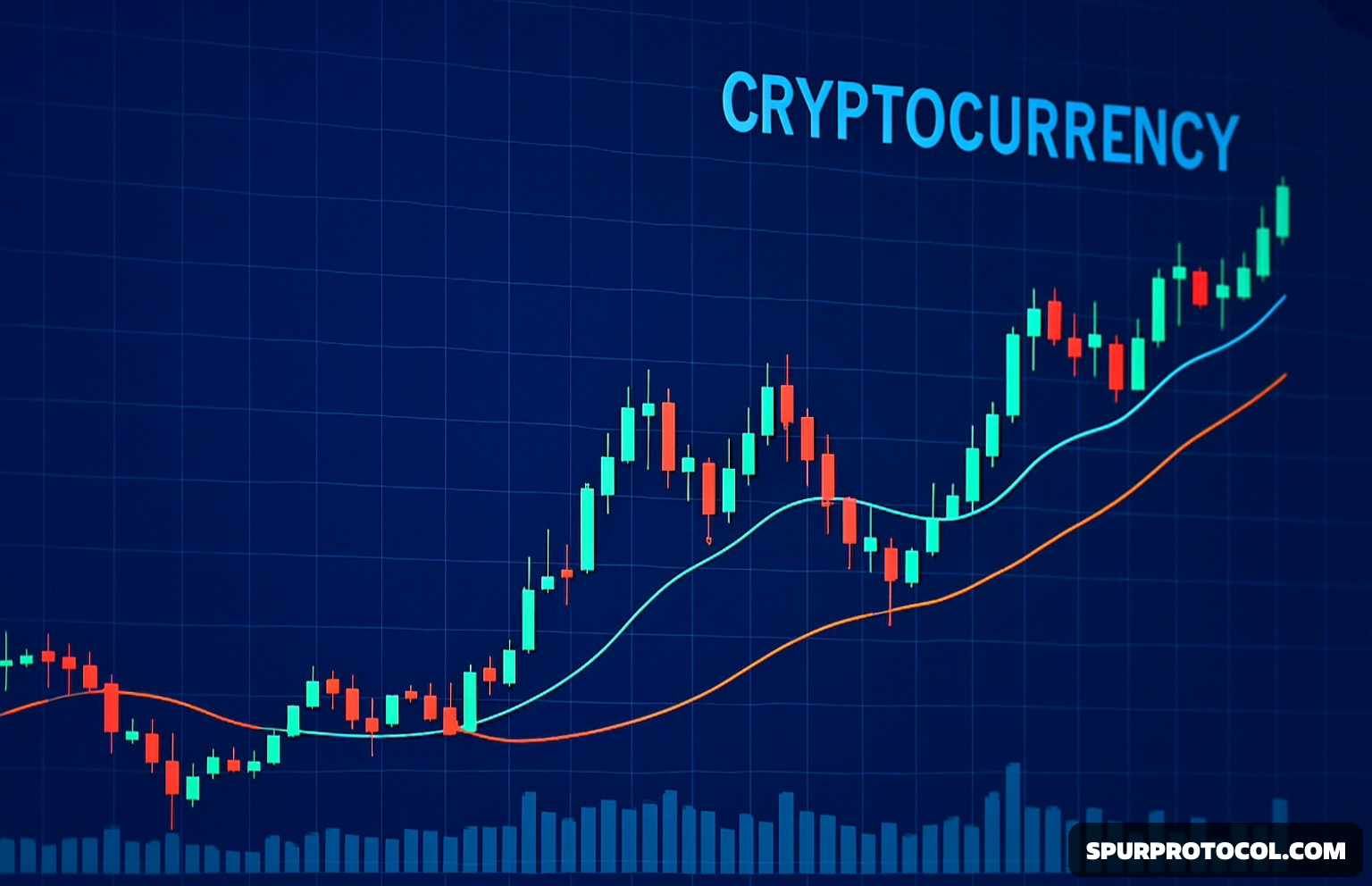The Emotional Rollercoaster of Crypto Trading
Fear and Greed
Crypto markets are highly volatile, and this volatility fuels two dominant emotions: fear and greed.
Greed: When prices are skyrocketing, traders experience FOMO (Fear of Missing Out) and jump in at the peak, only to get rekt when prices dump.
Fear: When markets crash, traders panic-sell at the bottom, taking huge losses and missing potential recovery.
Euphoria and Overconfidence
After a string of wins, traders feel invincible. They start making reckless trades with no stop-loss, thinking they can’t lose.
This overconfidence leads to overleveraging, eventually wiping out accounts.
Anxiety and Indecision
When traders hesitate to enter or exit a trade, it’s often because of paralysis by analysis. Overanalyzing the market leads to missing out on key opportunities.
Revenge Trading
After a bad trade, some traders get emotional and try to make their money back instantly by placing high-risk trades. This leads to even bigger losses.
Psychological Biases Affecting Crypto Traders
Confirmation Bias
Traders only seek information that supports their beliefs and ignore contradicting signals. For example, a Bitcoin maxi might ignore bearish signs because they’re convinced BTC will go to $1 million soon.
Recency Bias
Traders assume that because BTC just pumped 20%, it will keep pumping. They forget that markets move in cycles.
Loss Aversion
Losing $100 hurts more than gaining $100 feels good. Traders often hold onto losing trades, hoping the market will "come back" instead of cutting losses early.
Herd Mentality
If everyone is hyping a coin on Crypto Twitter (X) or Telegram groups, traders follow the crowd without doing research, only to get dumped on by whales.
Understanding Market Cycles
The Four Phases of a Crypto Market Cycle:
1. Accumulation – Smart money buys at the bottom when everyone else is fearful.
2. Markup (Bull Market) – Prices rise as retail traders FOMO in.
3. Distribution – Smart money sells to the greedy crowd.
4. Markdown (Bear Market) – Prices crash, and retail traders panic-sell.
The Psychology of Each Phase -
Bear Market: Pain, fear, depression, disbelief.
Bull Market: Excitement, greed, euphoria.
Mid-cycle: Confusion and indecision.
Risk Management and Discipline
Setting Stop-Loss and Take-Profit Levels
Always have an exit plan. Never trade without a stop-loss, or you might get liquidated.
Use Risk-to-Reward Ratios (RRR). A 1:3 RRR means risking $100 to make $300.
Position Sizing
Never go all-in on one trade. Only risk 1-5% of your portfolio per trade.
Avoid Overleveraging
Leverage can amplify gains but also wipe out accounts in seconds. Stay below 5x leverage unless you’re a pro.
Trading Journals
Keep track of your trades to understand patterns and improve over time.
Trading Different Crypto Assets
Bitcoin (BTC) Trading Psychology
BTC is the king. Its price movement sets the tone for the entire market.
Understanding Bitcoin dominance can help predict altcoin movements.
Altcoins (ETH, SOL, BNB, etc.)
More volatile than BTC but offer bigger profit opportunities.
Requires more research on fundamentals and narratives.
Memecoins (DOGE, SHIB, PEPE, etc.)
Pure hype-driven. Influencers and Crypto Twitter/X play a big role in pumping/dumping.
Timing is everything. Get in early, take profits, and don’t hold forever.
Psychological Tips for Staying in the Game
Develop a Trading Routine
Trade at specific times and avoid random impulsive trades.
Have a structured approach: research, enter trade, set stop-loss, execute.
Detaching Emotions from Trading
Don’t get married to a coin.
Trade based on logic and strategy, not emotions.
Understanding the Market is Irrational
Markets don’t always move based on fundamentals. Narratives, hype, and manipulation play a huge role.
Mental Toughness and Patience
Sometimes, the best trade is no trade. Sit on your hands and wait for the right setup.
Mastering the psychology of trading is what separates successful traders from those who get rekt. By controlling emotions, understanding market cycles, and sticking to risk management strategies, traders can stay in the game long-term. The crypto market is brutal, but with discipline and the right mindset, anyone can navigate it successfully. Trade smart, stay patient, and remember: the market will always be there, but your capital won’t if you trade recklessly.
I leave you with the words of the renowned investor, Warren Buffet, "The market is a device for transferring money from the impatient to the patient."
What are your experiences from trading cryptocurrency? Drop them in the comments section.
